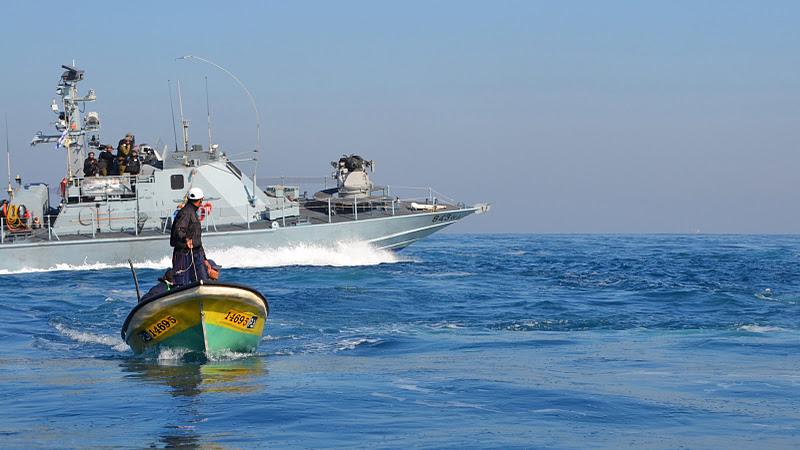Tag: Gaza
-
16 January 2009 – The Shurrab family
16 January 2012 | Palestinian Centre for Human Rights “Can I go to a court to restore my sons? No” says Mohammed. “What is the point in bringing the soldiers who killed my sons to justice when there will simply be more and more after them? When others will lose their sons as well? Soldiers…
-
A call from Gaza fishermen
11 January 2012 | Besieged Gaza, Occupied Palestine >Do not forget Palestinian fishermen who are prevented from fishing beyond the unilaterally imposed Israeli limit of 3 nautical miles and whose life is constantly under threat from the Israeli Naval Forces. We are waiting for you to lift the naval blockade imposed on the Gaza Strip…
-
15 January 2009: The al-Nadeem family
15 January 2012 | Palestinian Centre for Human Rights “Naser used to help the children with their school work, especially English and mathematics. Now that is my duty. Nothing can compensate me for the loss of my husband. He was always very tender, understanding and calm.” On 15 January 2009, shortly after 7:00, the Israeli…



